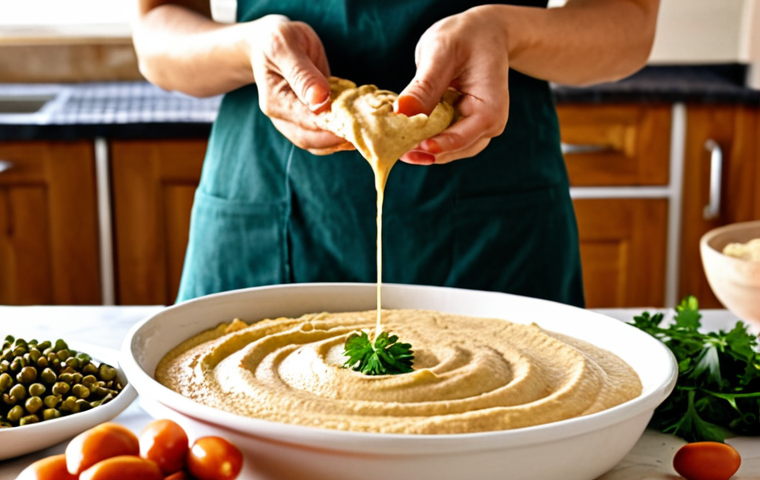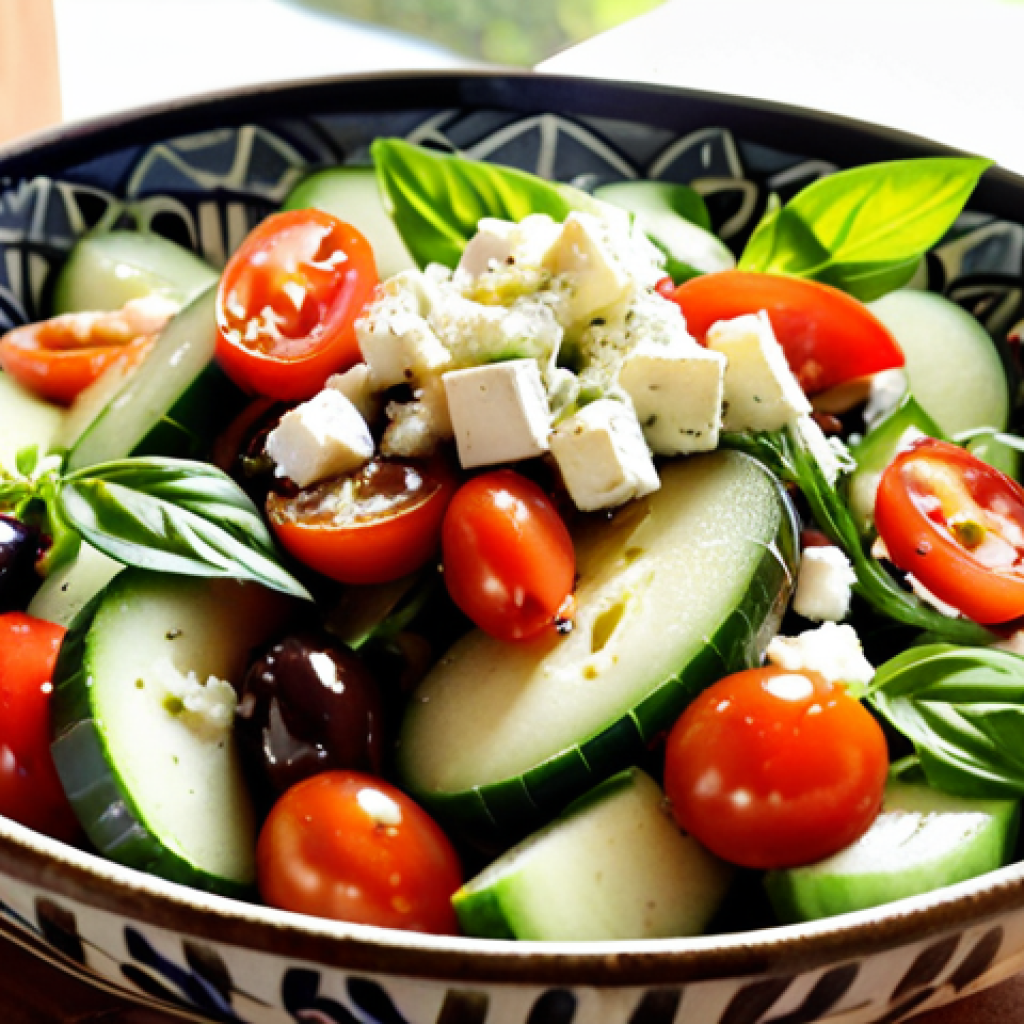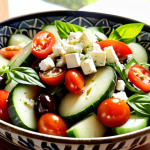Olive oil, that golden elixir of the Mediterranean, is so much more than just a cooking ingredient. I remember the first time I truly appreciated its versatility – drizzling it over ripe tomatoes with a sprinkle of sea salt, the flavors exploding in my mouth.
From sautéing vegetables to baking delicate cakes, its uses are endless. Lately, I’ve been experimenting with infused olive oils, adding herbs and spices for an extra layer of flavor.
With the rise of conscious cooking, olive oil has become a cornerstone of healthy and delicious meals. According to recent trends, consumers are increasingly seeking high-quality, single-origin olive oils, drawn to their unique flavor profiles and health benefits.
Let’s delve deeper and explore the myriad ways to utilize this kitchen staple. Let’s explore the many uses of olive oil below.
Olive oil, that golden elixir of the Mediterranean, is so much more than just a cooking ingredient. I remember the first time I truly appreciated its versatility – drizzling it over ripe tomatoes with a sprinkle of sea salt, the flavors exploding in my mouth.
From sautéing vegetables to baking delicate cakes, its uses are endless. Lately, I’ve been experimenting with infused olive oils, adding herbs and spices for an extra layer of flavor.
With the rise of conscious cooking, olive oil has become a cornerstone of healthy and delicious meals. According to recent trends, consumers are increasingly seeking high-quality, single-origin olive oils, drawn to their unique flavor profiles and health benefits.
Let’s delve deeper and explore the myriad ways to utilize this kitchen staple.
Elevating Everyday Cooking with Olive Oil

Olive oil isn’t just for fancy restaurants; it’s a game-changer in your home kitchen. I’ve found that a simple drizzle can transform even the most basic dish into something special.
Forget bland weeknight dinners – olive oil brings flavor and health benefits to the table. One of my favorite things to do is use it as a finishing oil on roasted vegetables; it adds a richness that butter just can’t match.
Sautéing and Stir-Frying Like a Pro
Forget the days of dry, tasteless stir-fries. Olive oil, especially a lighter variety, is fantastic for sautéing vegetables and proteins. I’ve learned that the trick is to heat the oil gently before adding your ingredients.
This ensures even cooking and prevents the oil from smoking. Recently, I’ve been trying it with shrimp and broccoli, adding a touch of garlic for extra flavor.
The olive oil helps the ingredients caramelize beautifully, creating a delicious crust.
Roasting for Unmatched Flavor
Roasting with olive oil is a revelation. I swear, it unlocks the natural sweetness of vegetables and gives them a crispy exterior that’s just irresistible.
I toss my vegetables with olive oil, salt, pepper, and sometimes a sprinkle of herbs like rosemary or thyme. The key is to roast them at a high temperature, around 400°F (200°C), until they’re tender and slightly browned.
Trust me, you’ll never want to eat steamed vegetables again. I recently roasted a whole chicken with olive oil and lemon, and it was the juiciest, most flavorful chicken I’ve ever made.
Baking with a Healthy Twist
Olive oil in baking? Absolutely! It adds a moistness and subtle flavor that can’t be beat.
I’ve been experimenting with olive oil cakes and muffins, and the results are always amazing. The cake comes out incredibly tender, with a slightly nutty flavor that pairs perfectly with citrus or berries.
Plus, it’s a healthier alternative to butter or vegetable oil. I even tried making olive oil brownies once, and they were fudgy and delicious.
Creating Delicious Dips and Spreads
Beyond cooking, olive oil shines as a base for flavorful dips and spreads. I’ve discovered that it’s the perfect way to use up leftover herbs and spices, creating unique flavor combinations that are sure to impress.
Plus, homemade dips are so much healthier than store-bought versions, with no added preservatives or artificial flavors.
Homemade Hummus: A Creamy Delight
Forget the store-bought stuff – homemade hummus is a game-changer. I use a base of chickpeas, tahini, lemon juice, garlic, and, of course, plenty of olive oil.
The olive oil adds a richness and creaminess that takes the hummus to the next level. I like to drizzle a little extra on top before serving, along with a sprinkle of paprika and chopped parsley.
Lately, I’ve been experimenting with different variations, like roasted red pepper hummus and olive tapenade hummus.
Olive Oil Tapenade: A Mediterranean Classic
Olive tapenade is a staple in Mediterranean cuisine, and it’s incredibly easy to make at home. I combine olives (Kalamata are my favorite), capers, garlic, anchovies (optional), and olive oil in a food processor and pulse until finely chopped.
The olive oil binds all the ingredients together, creating a flavorful spread that’s perfect for crackers, bread, or crudités. I also love to use it as a topping for grilled fish or chicken.
Infused Olive Oils: Flavor Explosions
Infusing olive oil with herbs, spices, or citrus is a fantastic way to add extra flavor to your dishes. I’ve been experimenting with different combinations, like rosemary-garlic olive oil and lemon-herb olive oil.
The possibilities are endless! To make infused olive oil, simply combine your ingredients in a jar and cover with olive oil. Let it sit for a week or two, then strain out the solids.
The infused oil will keep for several months in a cool, dark place. I recently used my rosemary-garlic olive oil to make a focaccia bread, and it was a huge hit.
Enhancing Salads and Dressings
Salads are a staple in my diet, and olive oil is the star ingredient in my homemade dressings. I’ve found that a simple vinaigrette made with olive oil, vinegar, and a touch of Dijon mustard is the perfect way to dress up any salad.
Plus, olive oil adds a healthy dose of monounsaturated fats, which are good for your heart.
Simple Vinaigrette: The Perfect Dressing
A basic vinaigrette is easy to make and can be customized to suit your taste. I whisk together olive oil, vinegar (balsamic, red wine, or apple cider vinegar all work well), Dijon mustard, salt, and pepper.
The ratio is usually 3 parts olive oil to 1 part vinegar, but you can adjust it to your liking. I like to add a touch of honey or maple syrup for sweetness, and sometimes I’ll throw in some fresh herbs like parsley or chives.
Creative Salad Combinations
Olive oil isn’t just for the dressing; it can also be used to enhance the flavors of your salad ingredients. I like to drizzle a little olive oil over grilled vegetables or roasted nuts before adding them to my salad.
It adds a richness and depth of flavor that really elevates the dish. One of my favorite salad combinations is grilled halloumi cheese with roasted bell peppers, cucumbers, and a lemon-herb vinaigrette.
Exploring Olive Oil’s Beauty Benefits
Beyond the kitchen, olive oil has been used for centuries for its beauty benefits. I’ve been experimenting with using it as a moisturizer, hair treatment, and makeup remover, and I’ve been impressed with the results.
It’s a natural and affordable way to nourish your skin and hair.
Moisturizing Magic: Hydrated Skin
Olive oil is a fantastic natural moisturizer, especially for dry skin. I like to apply a thin layer to my face and body after showering, while my skin is still damp.
It helps to lock in moisture and leaves my skin feeling soft and supple. I’ve also used it as a hand cream and cuticle oil, and it works wonders. Just be sure to use a high-quality, extra virgin olive oil for the best results.
Hair Treatment: Shiny, Healthy Locks
Olive oil can also be used as a hair treatment to add shine and moisture. I warm a few tablespoons of olive oil and apply it to my hair, focusing on the ends.
I wrap my hair in a warm towel and let it sit for about 30 minutes, then shampoo and condition as usual. The olive oil helps to repair damaged hair and leaves it looking healthy and shiny.
I recently tried it on my friend’s damaged hair, and she couldn’t believe how soft and manageable it became.
Makeup Remover: Gentle and Effective
Olive oil is a gentle and effective makeup remover, even for waterproof mascara. I simply apply a small amount to a cotton pad and gently wipe away my makeup.
It’s a natural and non-irritating way to cleanse your skin, and it leaves it feeling soft and hydrated. I’ve even used it to remove stubborn glitter makeup with no irritation.
Preserving Food with Olive Oil
Olive oil’s preserving properties have been known for centuries. I’ve found it’s an excellent way to store herbs, cheeses, and vegetables, extending their shelf life and infusing them with flavor.
Herb Preservation: Freshness Extended
Submerging fresh herbs in olive oil is a fantastic way to preserve them. I pack clean, dry herbs like rosemary, thyme, and oregano into a jar and cover them completely with olive oil.
This prevents them from drying out and also infuses the oil with their flavor. The herb-infused oil is great for cooking, and the herbs can be used in sauces, soups, and stews.
Cheese Preservation: Flavorful Storage
Certain cheeses, like feta and mozzarella, can be stored in olive oil to keep them fresh and flavorful. I cut the cheese into cubes and place them in a jar, then cover them with olive oil along with some herbs, garlic, and chili flakes.
The olive oil protects the cheese from drying out and also adds a delicious flavor. This is a great way to have marinated cheese on hand for salads, appetizers, or snacking.
Vegetable Preservation: Pickled Perfection
Vegetables like peppers, artichokes, and mushrooms can be preserved in olive oil to create delicious pickled snacks. I lightly cook the vegetables and then pack them into a jar with olive oil, vinegar, herbs, and spices.
The olive oil helps to preserve the vegetables and infuses them with flavor. These pickled vegetables are great on antipasto platters, sandwiches, or as a side dish.
I made pickled artichokes last summer, and they were the perfect addition to my charcuterie board.
Choosing the Right Olive Oil
With so many varieties available, selecting the right olive oil can feel overwhelming. Understanding the different types and their best uses can significantly enhance your culinary experience.
Extra Virgin vs. Refined: Understanding the Differences
Extra virgin olive oil is the highest quality, made from pure, cold-pressed olives. It has a distinct flavor and aroma, making it ideal for drizzling, dipping, and using in salads.
Refined olive oil, on the other hand, is processed to remove impurities and has a milder flavor. It’s better suited for high-heat cooking like frying and sautéing.
I always keep both types on hand for different purposes.
Flavor Profiles: Matching Oil to Dish
Olive oils come in various flavor profiles, from fruity and delicate to robust and peppery. Lighter oils are best for delicate dishes like fish and salads, while stronger oils complement heartier dishes like grilled meats and roasted vegetables.
Experimenting with different varieties can add a unique dimension to your cooking. I once used a peppery olive oil on a steak, and it was an absolute game-changer.
Storage Tips: Keeping Oil Fresh
Proper storage is essential to maintain the quality of olive oil. Store it in a cool, dark place away from heat and light, as these can cause it to degrade.
An opaque bottle is ideal, and make sure the lid is tightly sealed. With proper storage, olive oil can last for up to two years. I learned this the hard way when I left a bottle of olive oil near the stove, and it went rancid within a few months.
| Use | Type of Olive Oil | Flavor Profile |
|---|---|---|
| Drizzling over salads | Extra Virgin | Fruity, Delicate |
| Sautéing vegetables | Refined | Mild |
| Roasting meats | Extra Virgin | Robust, Peppery |
| Baking cakes | Light or Refined | Neutral |
| Making vinaigrettes | Extra Virgin | Fruity, Balanced |
Olive oil truly is a kitchen chameleon, isn’t it? From simple dressings to complex culinary creations, its versatility never ceases to amaze me. I hope this exploration has inspired you to experiment with olive oil in new and exciting ways.
Get ready to elevate your everyday meals and discover the magic that a simple drizzle can bring!
In Closing
So, there you have it – a deep dive into the world of olive oil, from cooking to beauty to preservation. I encourage you to try these techniques at home and discover your own favorite ways to use this incredible ingredient. Don’t be afraid to experiment with different flavors and varieties, and most importantly, have fun!
I’m off to make an olive oil cake now – wish me luck!
Happy cooking (and beautifying)!
Handy Tips to Know
1. Always store your olive oil in a dark, cool place to prevent it from going rancid. A pantry or cupboard away from the stove is ideal.
2. When sautéing, use a refined olive oil that can withstand higher heat. Extra virgin olive oil is best reserved for finishing dishes or making dressings.
3. For a quick and easy dip, mix olive oil with balsamic vinegar and a pinch of herbs. Serve with crusty bread for a simple appetizer.
4. To remove makeup naturally, gently massage olive oil onto your face and then wipe it off with a warm, damp cloth. Follow with a gentle cleanser.
5. Infuse your own olive oil by adding herbs, spices, or citrus peels to a bottle of olive oil. Let it sit for a few weeks before using.
Key Takeaways
Olive oil is an incredibly versatile ingredient with a wide range of uses, from cooking to beauty. Choose the right type of olive oil for your needs, and store it properly to maintain its quality. Don’t be afraid to experiment with different flavors and techniques to discover your own favorite ways to use olive oil.
Frequently Asked Questions (FAQ) 📖
Q: Can I use olive oil for high-heat cooking like frying?
A: Well, that’s a common question! While extra virgin olive oil is fantastic for drizzling and lower-heat sautéing, it has a lower smoke point. If you’re planning on deep-frying or searing at really high temperatures, you’re better off reaching for a more refined olive oil or another oil with a higher smoke point like avocado oil or grapeseed oil.
I once tried to fry chicken with extra virgin, and it got a bit smoky and the flavor wasn’t ideal. Lesson learned!
Q: How should I store my olive oil to keep it fresh?
A: Ah, storage is key! I learned this the hard way when my first bottle of fancy olive oil went rancid way too quickly. You’ll want to keep it in a cool, dark place, away from direct sunlight and heat.
A pantry or cupboard is perfect. Make sure the bottle is tightly sealed after each use to prevent oxidation. And don’t store it near the stove – the heat will degrade the oil.
I even invested in a dark-colored bottle to help protect it from light.
Q: What’s the difference between extra virgin olive oil and regular olive oil?
A: That’s a great question! Extra virgin olive oil is the highest grade – it’s made from pure, cold-pressed olives and has a low acidity level. This gives it a richer flavor and more health benefits.
Regular olive oil is a blend of refined olive oil and some extra virgin olive oil. It has a milder flavor and is more suitable for cooking at higher temperatures.
I usually keep both on hand – extra virgin for finishing dishes and regular for everyday cooking.
📚 References
Wikipedia Encyclopedia
구글 검색 결과
구글 검색 결과
구글 검색 결과
구글 검색 결과
구글 검색 결과




